The Illustrious Illustrator
Turns out one of the best readers I’ve ever met also knows how to draw! | Non-Fiction | Canned Soup
In the past year, I’ve had the opportunity to pay tribute to several artists I love: the poet (and my father-in-law) Yehonatan Geffen, the writer Meir Shalev, and the poet Yehuda Amichai. It recently occurred to me that one thing these three writers have in common is that they’re all deceased, and that it wouldn’t hurt Alphabet Soup’s karma to start boosting some living artists, too. When it comes to a boost, no artist I know is more deserving than the illustrator and animator David Polonsky.
The multi-talented Polonsky has always managed to give of himself, to innovate and excite, in every creative field he’s entered. Most of the world knows him thanks to his mind-blowing collaborations with the filmmaker Ari Folman, including Waltz With Bashir and The Congress. I’ve had the pleasure of working with Polonsky on two illustrated children’s books: A Moonless Night, which I wrote with Shira Geffen, and Breaking the Pig. In both cases, beyond the many fantastic illustrations, I was also fortunate to learn a lesson or two in how an artist can give himself wholeheartedly to a story. The following piece was published in the catalogue for an exhibition of Polonsky’s work at the Tel Aviv Museum a year ago.
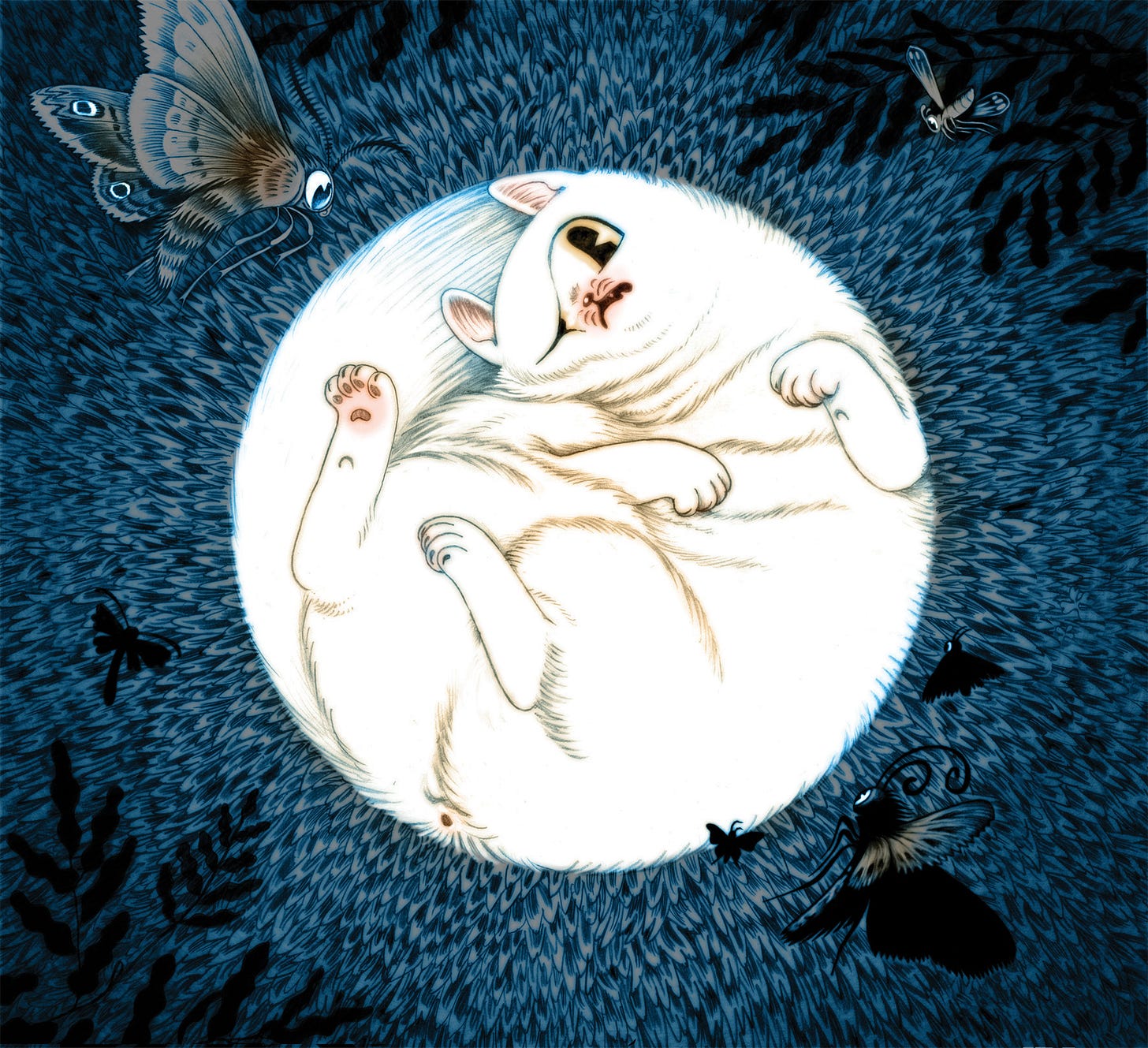
I worked with David Polonsky for the first time some 17 years ago, when he illustrated the children’s book A Moonless Night, written by Shira Geffen and myself. David arrived in our living room armed with detailed sketches of the characters. One of them, a policeman the book’s protagonist encounters, wasn’t to my liking. I tried explaining to David why I didn’t like him and to suggest one or two other ideas. In so doing I also shouted a bit to boost my great ideas and did some considerable waving of the arms to expel the bad ones. David looked at me in horror and began explaining our story to Shira and me, as he understood it. And when he told us the story, I realized that what we had written was far more intricate than I had assumed. Or to be more precise, I understood that the story can become much more exciting and distinctive when read by someone as curious and inventive as David. Like an anteater that manages with one swing of its snout to capture all the meaning, beauty and emotion ants secreted beneath the surface, David’s reading polished all those things in the story and plot that were slightly murky. And when he faced me standing up and talked about the silvery color that will gloss each double-spread, the readily sensitive stars that will accompany Zohar, the book’s protagonist, along her journey, or the cat she meets – a chubby, lazy cat, who curled up or stretched out cannot but remined Zohar and the readers that they are missing a moon – I couldn’t help but feel that his reading of the book was better than Shira’s and mine.
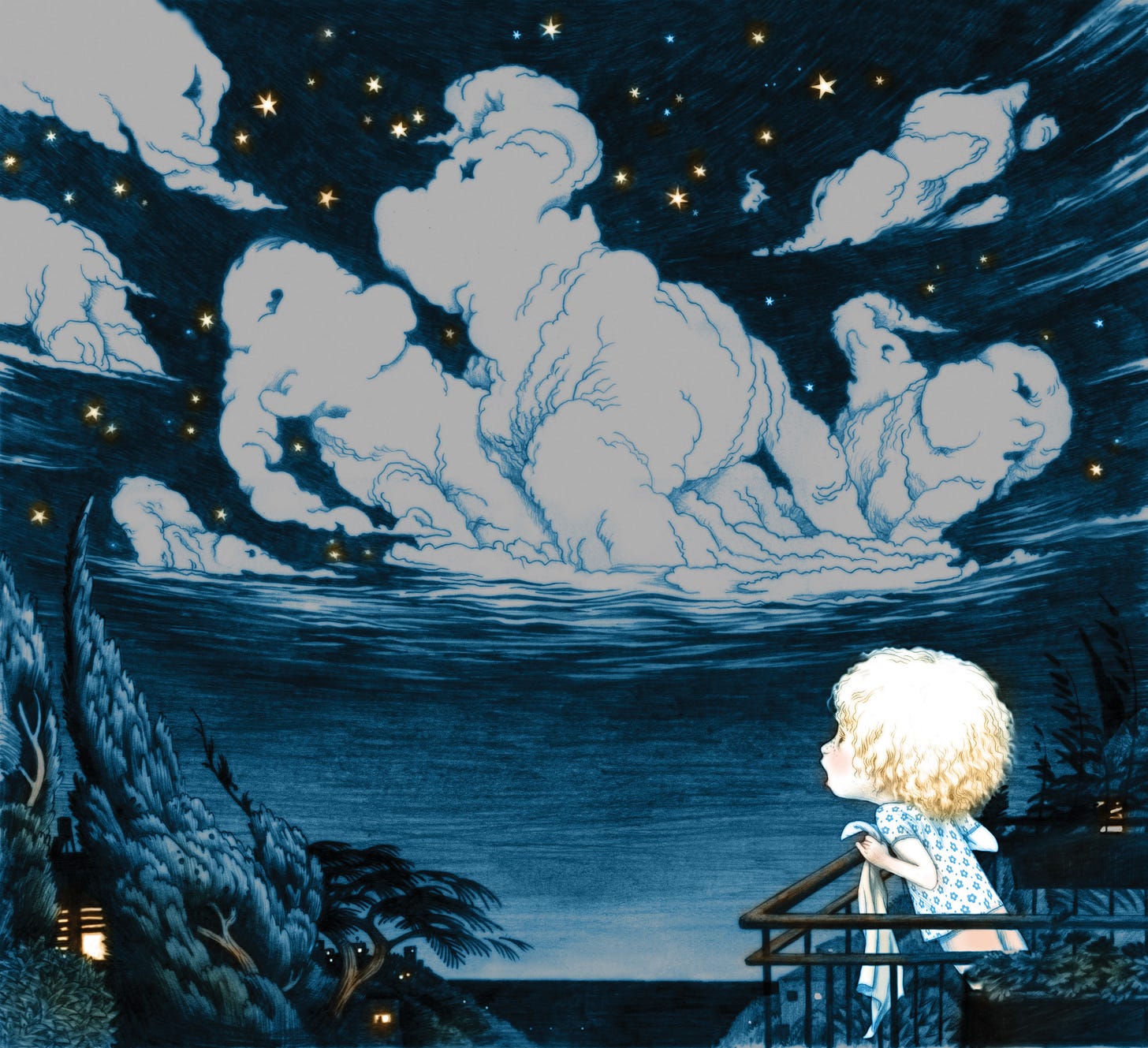
When attempting to enumerate Polonsky’s singular talent, it’s tempting to focus on the huge range of styles in which he feels at home. Most leading illustrators spend years honing a certain illustration technique which gradually becomes their hallmark, whereas it seems that Polonsky is adept at infinite existing techniques – from pencil drawing, through wood engraving, to oil painting. Like a polyglot conducting a dozen profound conversations in different languages, Polonsky too can choose any illustration technique and make it, with the flourish of brush or pen, his own. It would, however, be a mistake to regard Polonsky’s perfect technical ability to be the essence of his talent. Polonsky is undoubtedly a super-illustrator – yet the distinctiveness and power of his work come, I think, first and foremost from his being a super-reader.
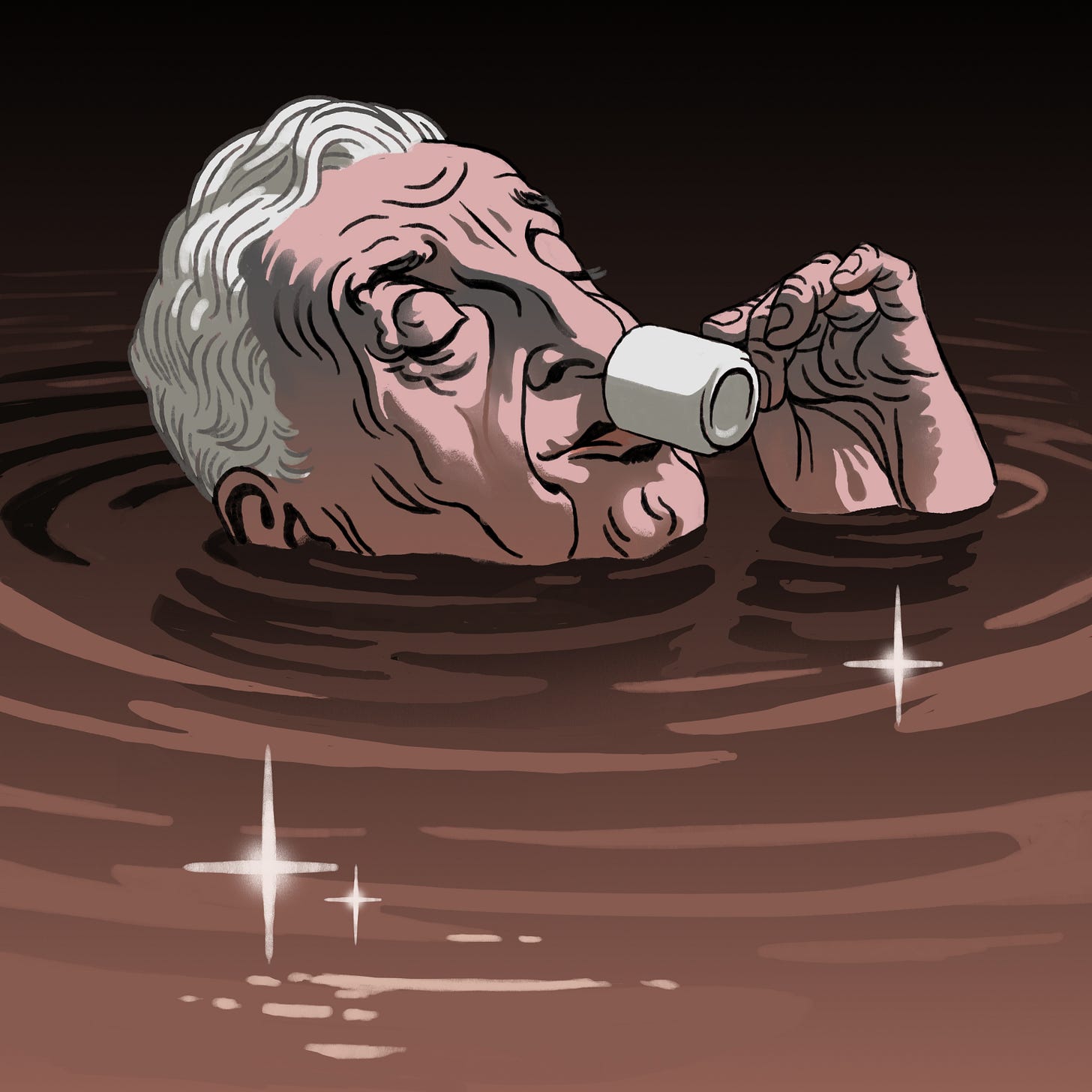
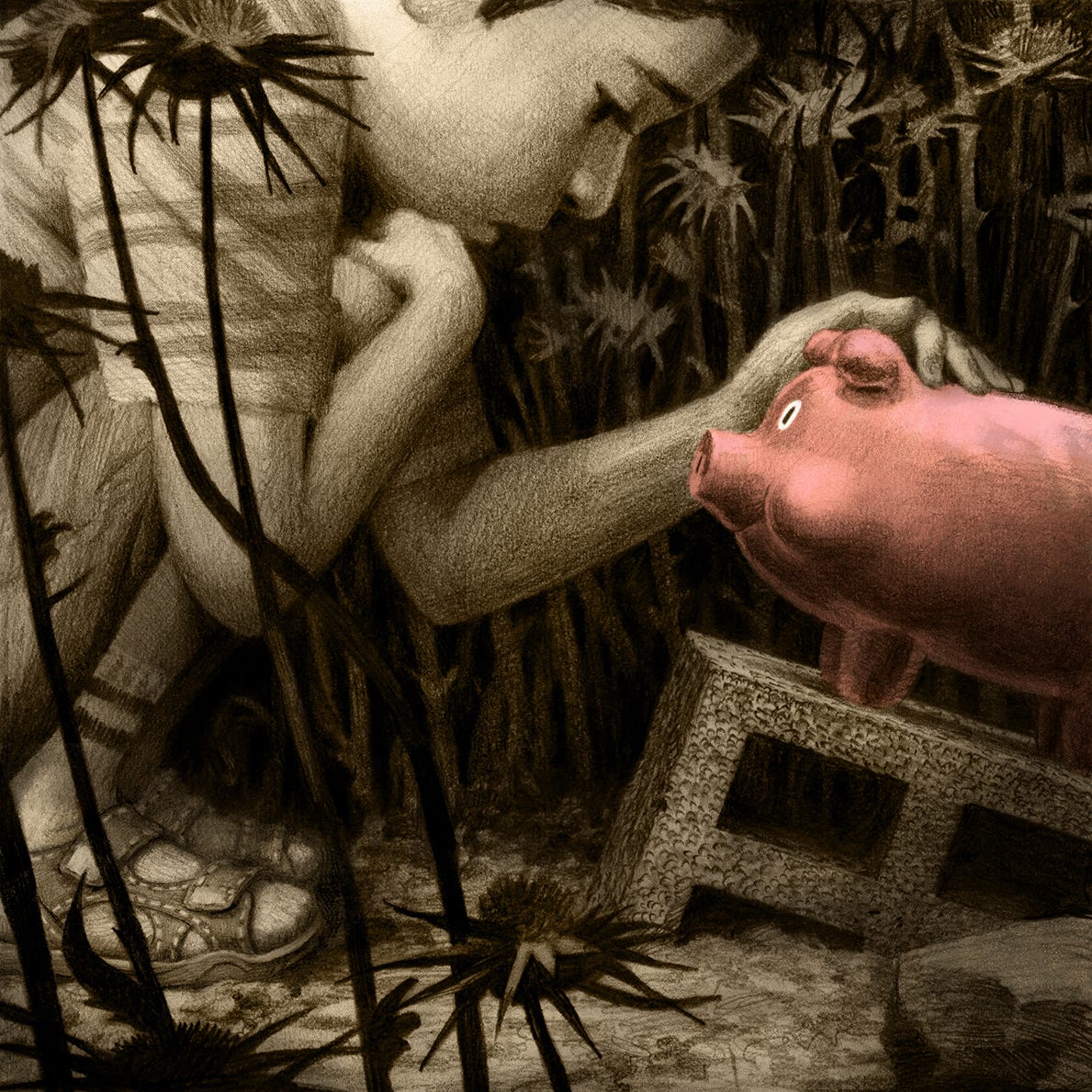
Polonsky’s singular viewpoint as a reader is apparent in each of the hundreds of illustrations he has created in his life: his willingness to be swept away to wherever the plot may lead him, all the while preserving something of his world and taste, so that the result – somewhat oxymoronically – manages at once to be entirely the story and entirely him.
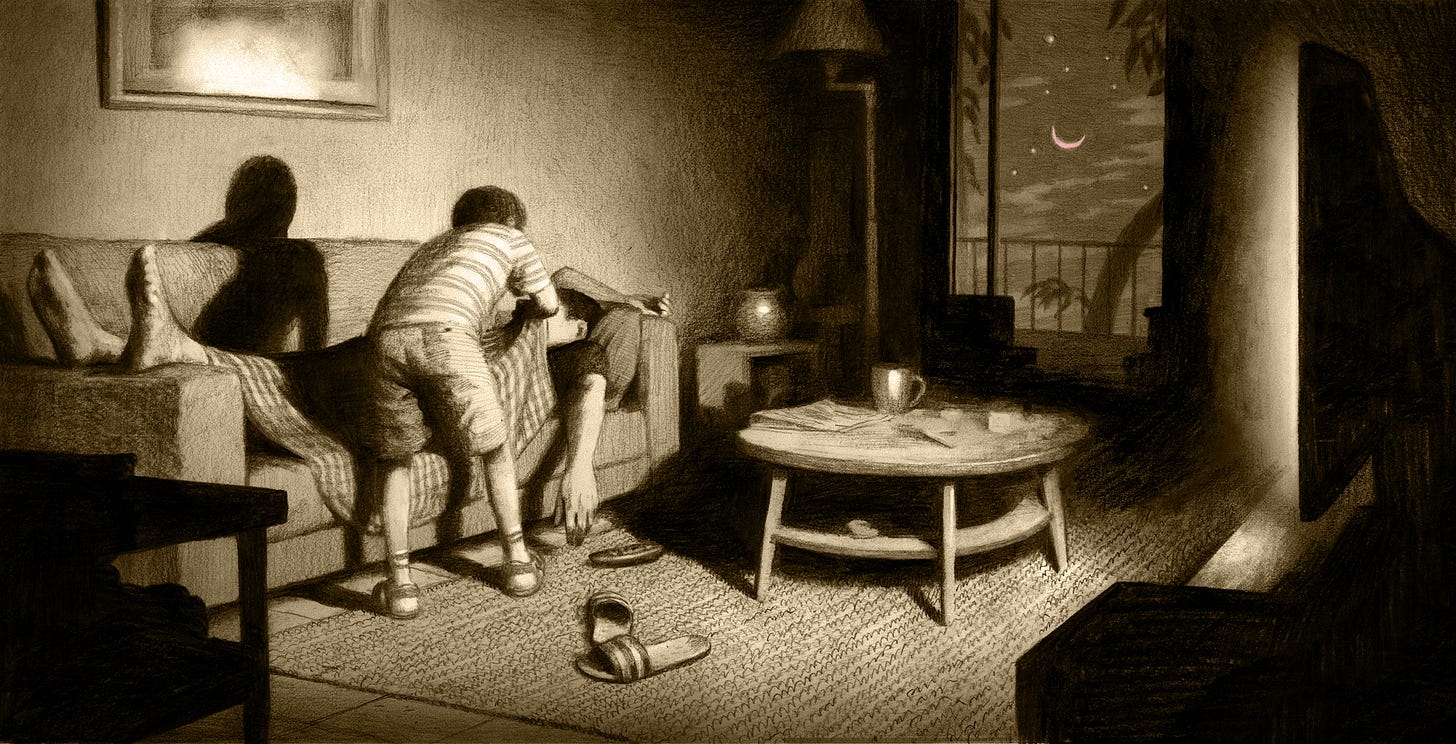
When you think about it, there is a lot in common between Polonsky the man and his work: just as the attentive and quiet-spoken David can be stubborn as hell and hide beneath his understated smile and calm disposition tempestuous streams of excitement and emotion – so too can his illustrations seem, at first glance, as if they are “objective” and dedicated to the story alone; yet another look reveals his inimitable reading.
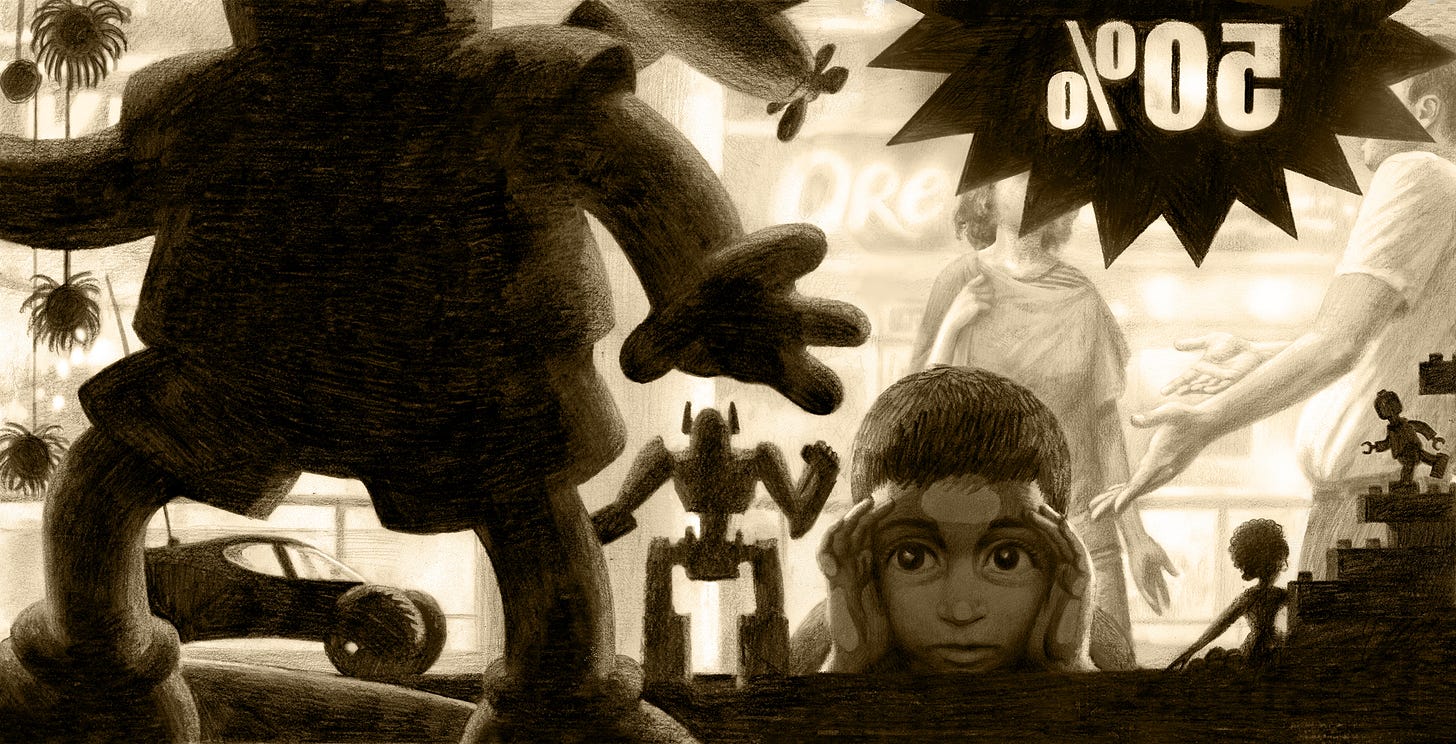
When I was a kid, I insisted on going to the movies with my older brother. When my parents asked me why I refused to go with my classmates, I explained that when I watch a movie with my brother beside me, I understand it better and enjoy it much more. Somehow, sitting by my brother in the cinema made the movie’s jokes funnier, its plot twists more unexpected and ominous, and the sad moments of the kind that can really crush your heart. Polonsky’s illustrations, like my brother, are the perfect partner for any reader seeking a guide and friend to share an adventure in the realms of stories and the imagination.
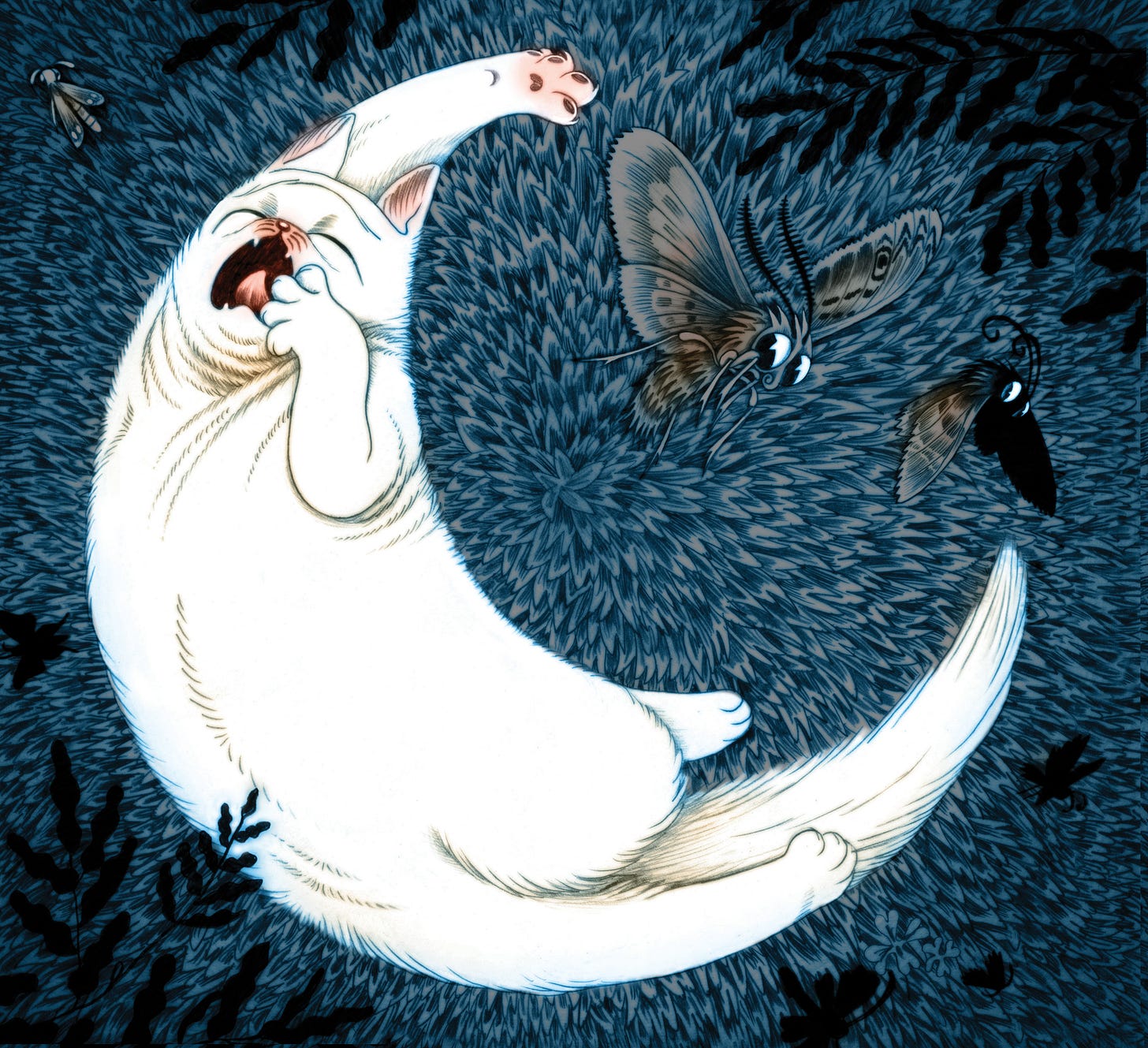
For more of David Polonsky’s work, visit Studio Potëmkin.

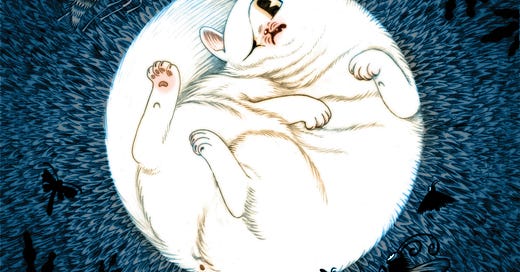


Wanting to find English copies for my grandchildren but am coming up empty. Can you help? Thank you!
Thanks for sharing these exquisite, beautiful illustrations